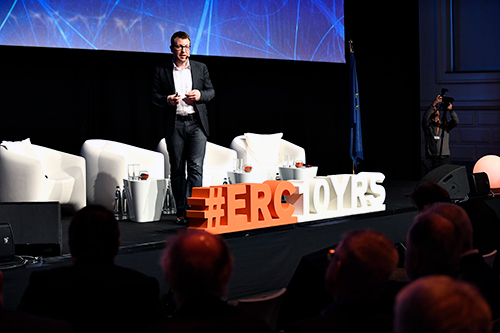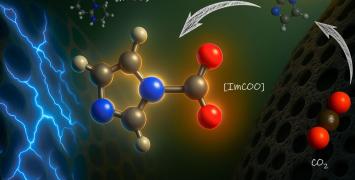High Energy Fashion
“The internet of things” is said to be the next big frontier for technology firms. A variety of small devices are always on and always connected. These devices permeate our lives at an ever increasing rate, bringing with them a demand for new and innovative mobile energy sources. One of the most promising candidates is thermoelectric power; a technology that would allow us to harvest one of the most ubiquitous energy sources available to us, our body heat.

When a thermoelectric device is placed in such a way that it is exposed to a temperature difference, an electric potential is generated that can drive an electric current. This technology has had various applications in the past. From powering expensive wristwatches to NASA’s Curiosity Rover that was send to Mars. It has proven itself to be robust and able to operate for an extended period of time without maintenance but it has been difficult to bring to the wider public. This has been due to the high cost of the manufacturing process, and the toxicity of the substances used.
The goal of the ERC-funded ThermoTex project headed by Prof. Christian Müller of Chalmers University of Technology, Sweden, is to create textile-based thermoelectric generators that can be woven into fabrics and worn. The team aims to create fabrics that are cheap, flexible and pose no health risk to the wearer.

Prof. Müller presenting his research at the ERC 10 years celebration event.
© Fred Guerdin
The project will test the capabilities of plastic semiconductors which are based on abundant elements such as carbon, oxygen, nitrogen and sulphur. A far more cost effective option compared to the typically used metal alloys. When processed in the right way, plastics are also flexible and light.
Initially the research has centred on the preparation of these plastics, the thermoelectric properties which only recently receive renewed attention. At a later stage the Thermotex team will explore how these polymers could be processed into light-weight and flexible articles such as fibres, yarns and ultimately fabrics by looking at traditional weaving methods as well as emerging 3D-printing techniques.
Prof. Müller and his team focus on making plastic semiconductors that are cost-effective, can be used in a practical setting and are able to survive the harsh conditions inside a washing machine. They are currently working in collaboration with the Swedish School of Textiles in Borås, Sweden exploring how they can integrate these conducting fibres with weaving looms that would ultimately allow them to automate the manufacturing process and one day make them available in a retail store near you.
Watch here Prof. Müller’s presentation at the ERC 10 years anniversary (40’)
This article was first published in ERC Newsletter Ideas, Spring 2017.






